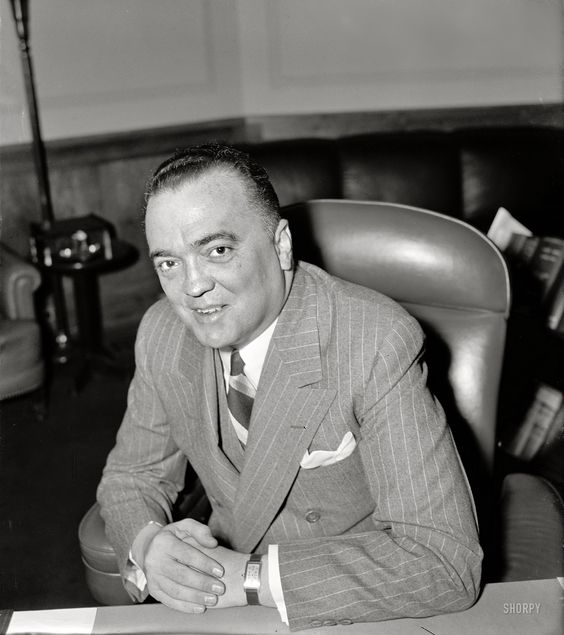Friday 5 April 1940
 |
| The Mig-1. |
Operation Weserubung: Operation Wilfred, the British mining of Norwegian territorial waters, gets underway on 5 April 1940 when British minelayers set out at 06:30. British battlecruiser HMS Renown, destroyers HMS Inglefield, Ilex, Imogen, Isis, Greyhound, Glowworm, Hyperion, Hero & minelayer HMS Teviotbank depart Scapa Flow to mine the Norwegian coast.
German warships are on their way to Norway, many carrying armed troops. They are disguised as UK vessels, including actual false flags and manning their radio sets with English speakers who identify themselves as "British ship."
Numerous persons sympathetic to the Allies have learned of Operation Weserubung and try to warn the Norwegian/Danish governments and/or the Allies. The Norwegian ambassador in Berlin warns both his own government and Copenhagen. The British also receive quite specific warnings, including the key information that Narvik is on the docket.
Danish Ambassador in Berlin Herluf Zahle sends a memorandum to his Foreign Minister dated 5 April 1940 and marked "strictly confidential" which notes that there is "disturbing circumstantial evidence" of German war preparations aimed at the neutral Danish and Norwegian states.
The British and French hand Norway and Sweden diplomatic notes containing "admonitions" that the Allies will take the steps necessary to deprive the Germans of Norwegian resources regardless of whether Oslo approves. This obviously is related to Operation Wilfred, but the Norwegians misinterpret this to imply that the Allies - not the Germans - are about to invade.
Battle of the Atlantic: It is another quiet day on the Atlantic as the U-boat fleet has been re-oriented to protect Kriegsmarine transports around Norway.
British submarine HMS Spearfish departs from Blyth to join the ring of British and allied submarines around Norway.
Convoy HG 25 departs from Gibraltar.
Soviet Military: First flight of the Mikoyan-Gurevich MiG-1 at the Khodynka Aerodrome in Moscow with chief test pilot Arkadij Ekatov at the controls.
British Military: General Ironside, Chief of the Imperial General Staff, echoes Prime Minister Chamberlain's "missed the bus" speech of 4 April at a press conference: "Thank goodness Germany didn't attack in the first 7 months of the war - we've now made a fine army." He also gives some unsolicited advice: "German army must do something, or its morale will crack. I believe the great silence is worse to the Germans than anything else."
Swedish Military: The Swedish Anti-Profanity League donates 1500 signs for barracks, which state: "Don't curse. Cursing proves a lack of culture."
Anglo/French Relations: Georges Monnet, the French Minister of Blockade, arrives in London for talks with the British Minister of Economic Warfare, Ronald Cross.
War Crimes: The Katyn Forest Massacre by Soviet troops against Polish officers is under way. Polish officers leaving prisons believe that they are being taken home to Poland. Instead they are taken by train and bus to the Katyn Forest at bayonet point. Some prisoners are killed in their cells and then their corpses are taken to the forest. The corpses are stacked like wood, feet to head, until they fill each van. About 1,000 are killed on the first day, over 20,000 left. Pits are dug, and the corpses are thrown into them.
Turkey: All high school girls are required to obtain military training before graduation, with 11-16 year olds to study sharpshooting, tactics and first aid.
British Homefront: Captured German merchant ship Uhenfels, renamed renamed Empire Ability, is brought up the river Thames. It was captured in November 1939.
American Homefront: "One Million B.C." starring Victor Mature hits the theaters.
 |
| April 5, 1940. Washington, D.C. "Informal photo of J. Edgar Hoover, Director of FBI, Department of Justice." |
April 1940
April 1, 1940: Weserubung is a GoApril 2, 1940: British Subs On Alert
April 3, 1940: Churchill Consolidates Power
April 4, 1940: Missed the Bus
April 5, 1940: Mig-1 First Flight
April 6, 1940: Troops Sailing to Norway
April 7, 1940: Fleets At Sea
April 8, 1940: HMS Glowworm and Admiral Hipper
April 9, 1940: Invasion of Norway
April 10, 1940: First Battle of Narvik
April 11, 1940: Britain Takes the Faroes
April 12, 1940: Germans Consolidate in Norway
April 13, 1940: 2d Battle of Narvik
April 14, 1940: Battle of Dombås
April 15, 1940: British in Norway
April 16, 1940: Germans Cut Norway in Half
April 17, 1940: Trondheim the Target
April 18, 1940: Norway Declares War
April 19, 1940: Dombås Battle Ends
April 20, 1940: Germans Advancing in Norway
April 21, 1940: First US Military Casualty
April 22, 1940: First British Military Contact with Germans
April 23, 1940: British Retreating in Norway
April 24, 1940: British Bombard Narvik
April 25, 1940: Norwegian Air Battles
April 26, 1940: Norwegian Gold
April 27, 1940: Allies to Evacuate Norway
April 28, 1940: Prepared Piano
April 29, 1940: British at Bodo
April 30, 1940: Clacton-on-Sea Heinkel
No comments:
Post a Comment